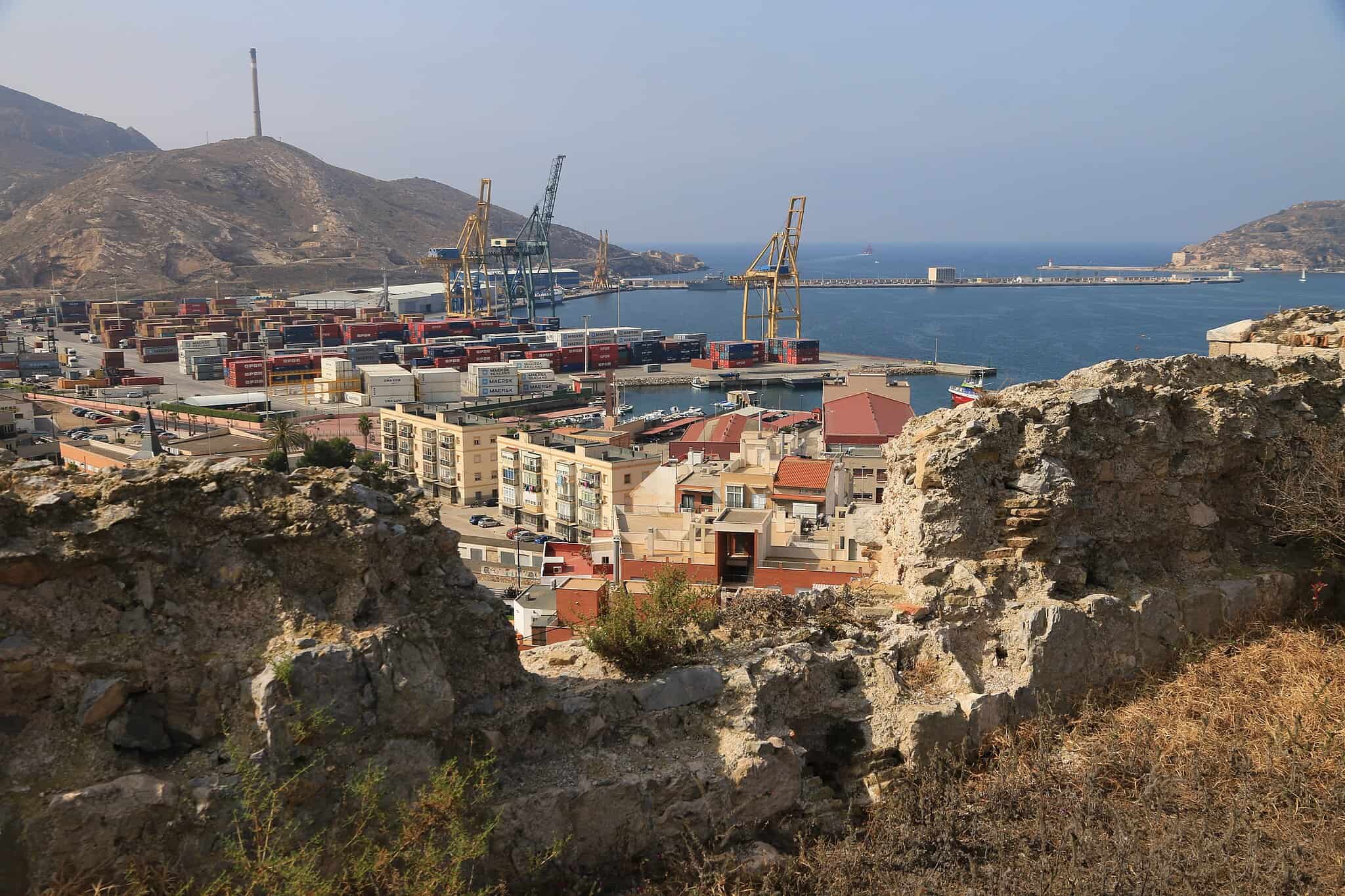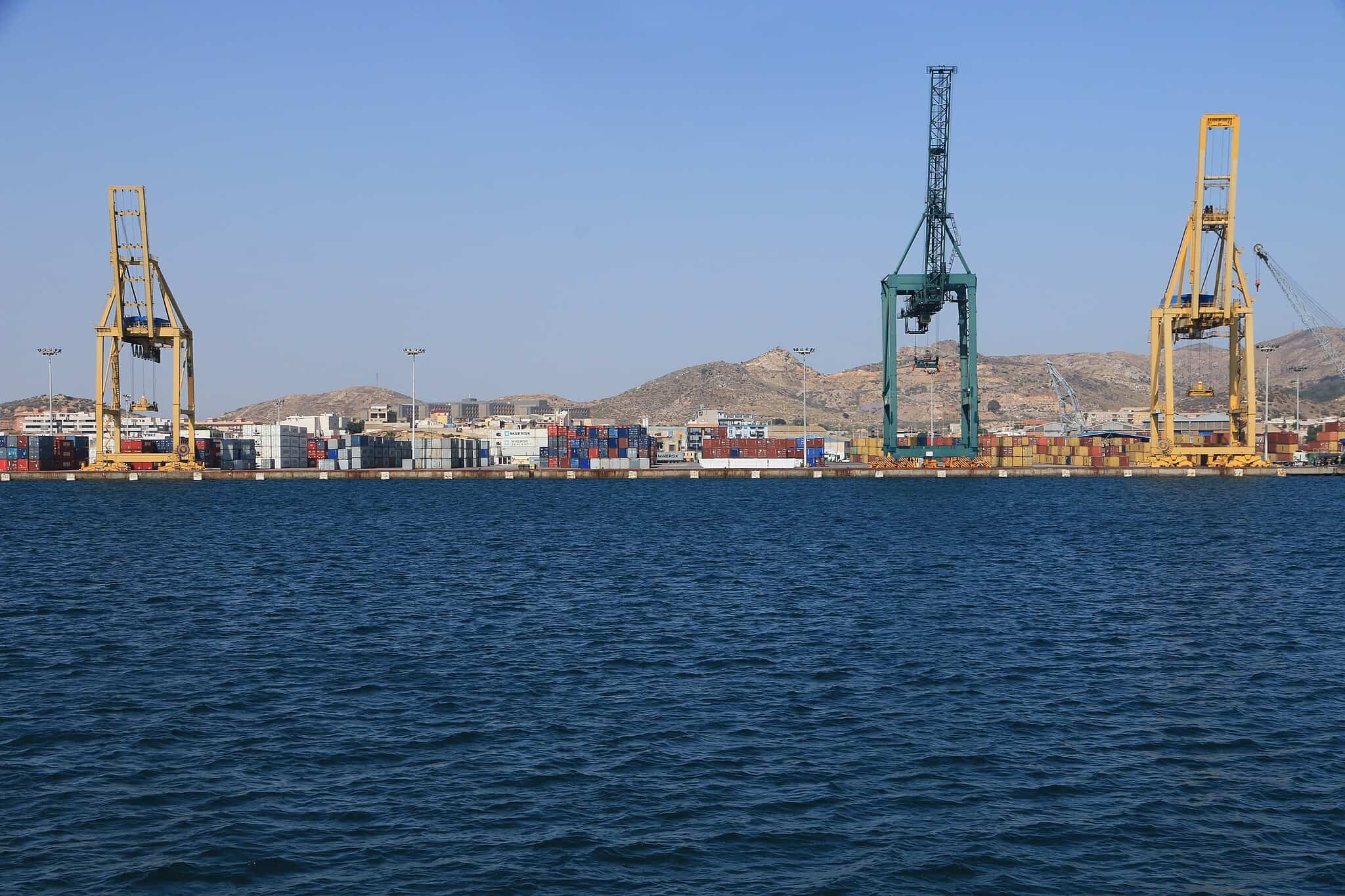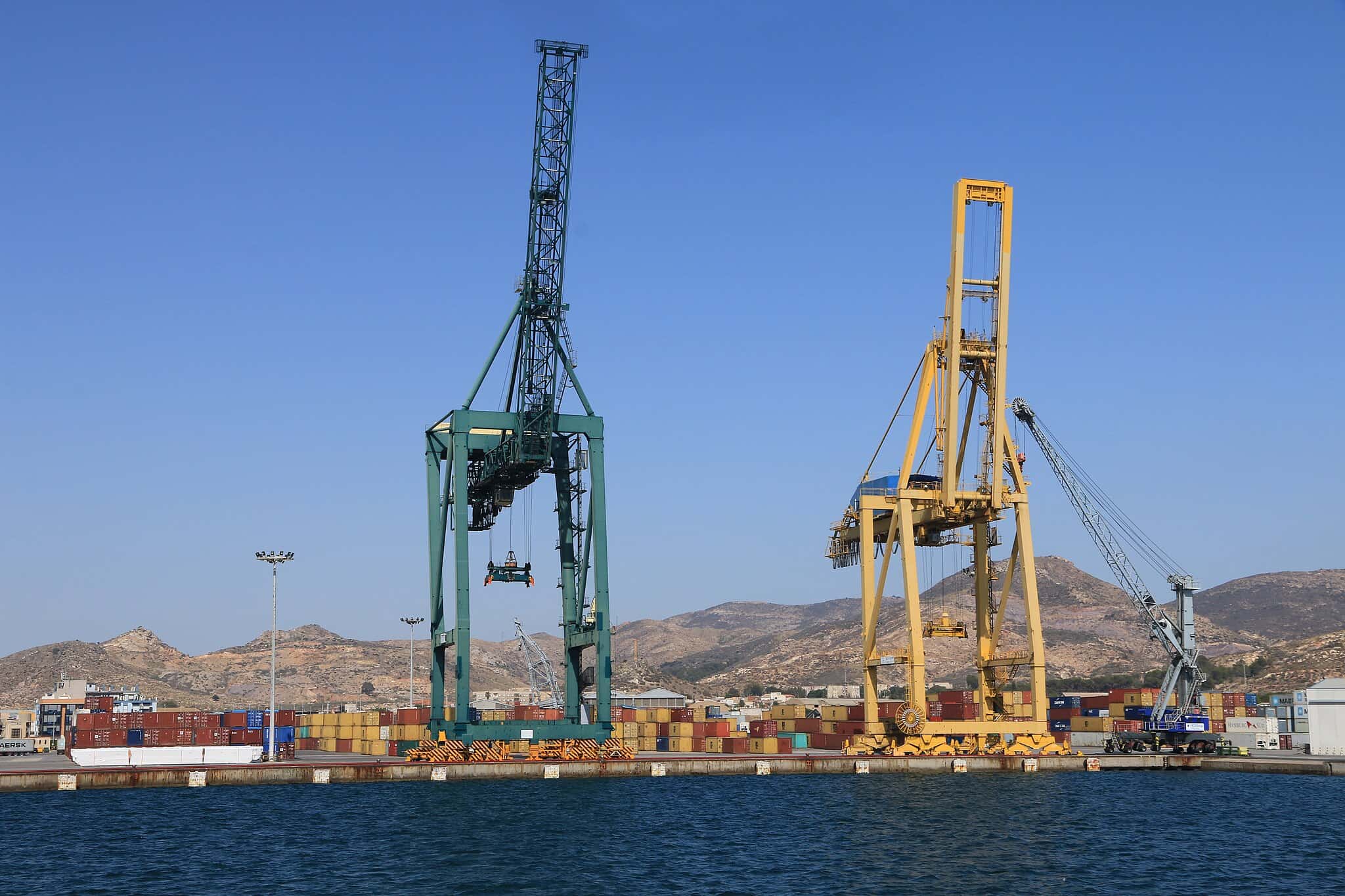We specialize in shipping diaper bales to Latin America. We are highly experienced in handling shipping logistics and can assist with all aspects of shipping to Cartagena, Barranquilla or your preferred port.

We specialize in shipping diaper bales to Latin America. We are highly experienced in handling shipping logistics and can assist with all aspects of shipping to Cartagena, Barranquilla or your preferred port.

The diaper bales market in Colombia is characterized by steady growth, driven by factors such as demographic changes, urbanization, and increasing consumer awareness about hygiene. Here’s a comprehensive overview:
The diaper market in Colombia is poised for continued growth, supported by favorable demographic and economic factors. Addressing challenges related to affordability and distribution, along with leveraging opportunities for innovation and local manufacturing, can further enhance market potential.

Colombia’s shipping industry is a vital component of its economy, leveraging its strategic location with coastlines on both the Atlantic (Caribbean Sea) and Pacific Oceans. The industry facilitates international trade, contributing significantly to the country’s economic growth.
Colombia’s shipping industry is poised for growth, with ongoing investments in infrastructure, technology, and regulatory reforms aimed at enhancing efficiency and competitiveness.

The Port of Cartagena is one of the most important ports in Colombia and the Caribbean region, playing a crucial role in the country’s maritime trade and logistics. Here’s an in-depth overview of the Port of Cartagena:
The Port of Cartagena serves as a critical gateway for Colombia’s trade with the world, offering modern facilities, strategic location, and efficient logistics services. Ongoing investments in infrastructure and technology position the port for continued growth and expansion in the global maritime trade landscape.